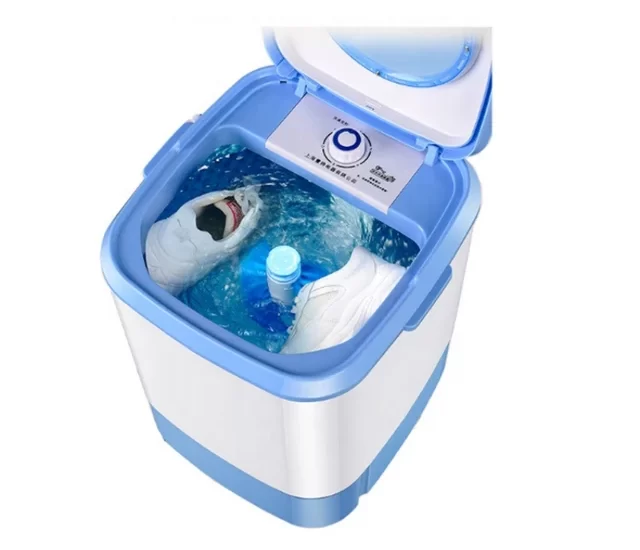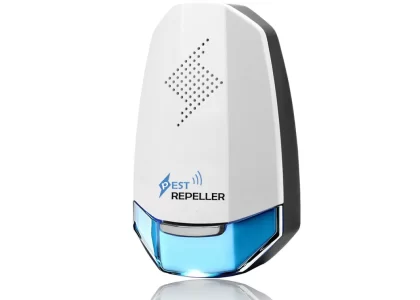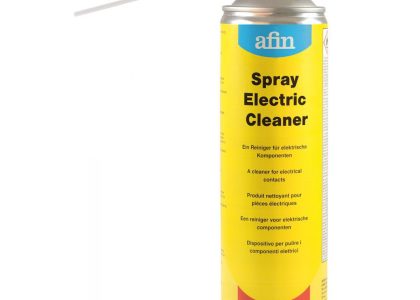 Introduction:
Introduction:
Cleaning mold from a washing machine is essential to prevent unpleasant odors and maintain optimal performance. Over time, mold and mildew can develop in damp and dark areas of the washing machine, such as the gasket, drum, or detergent dispenser. Regular maintenance and proper cleaning techniques can help eliminate mold and keep your washing machine fresh and clean. In this comprehensive guide, we will explore effective tips and techniques to clean mold from a washing machine. By following these simple steps, you can ensure a hygienic and efficient laundry experience.
 Introduction to Cleaning Mold from a Washing Machine
Introduction to Cleaning Mold from a Washing Machine
Cleaning mold from a washing machine is crucial for eliminating odors and maintaining proper hygiene.
A. Preventive Care: Regular cleaning prevents mold and mildew growth, ensuring the washing machine functions optimally.
B. Importance of Mold Removal: Mold can lead to unpleasant odors, stains on clothes, and potential health risks for household members.
Some common types of washing machines:
There are several types of washing machines available, each with its own features and functionalities. Here are some common types of washing machines:
Top-Loading Washing Machines:
Top-loading washing machines are popular for their accessibility and ease of use. These machines feature a vertically oriented drum, and clothes are loaded and unloaded from the top. Top loaders are generally more affordable and have a faster wash cycle compared to front-loading machines. They are suitable for households with limited space or those with physical challenges that make bending difficult.
Front-Loading Washing Machines:
Front-loading washing machines have a horizontally oriented drum and a door at the front for loading and unloading clothes. They use less water and energy compared to top loaders and are known for their superior washing performance. Front loaders are generally gentler on clothes and offer a larger capacity. However, they are often more expensive and have longer wash cycles.
High-Efficiency (HE) Washing Machines:
High-efficiency washing machines are designed to use less water and energy compared to traditional washing machines. HE machines typically have larger tub capacities, lower water levels, and enhanced cleaning technologies. Both top-loading and front-loading machines can be categorized as high-efficiency based on their energy and water-saving features.
Compact Washing Machines:
Compact washing machines are designed for small spaces, such as apartments, RVs, or small laundry rooms. These machines have a smaller footprint and capacity compared to standard-sized washers but offer similar functionalities. They can be either top-loading or front-loading, depending on the model.
Portable Washing Machines:
Portable washing machines are compact and lightweight, designed for portability and convenience. They are typically used for camping, small apartments, or when traveling. Portable washers can be powered by electricity or manually operated and usually have lower capacities compared to standard-sized machines.
Combination Washer-Dryer Units:
Combination washer-dryer units are appliances that include both a washing machine and a dryer in one machine. These units are suitable for small living spaces where separate washer and dryer units are not feasible. Combination units are available in both top-loading and front-loading designs.
When selecting a washing machine, consider factors such as your household size, available space, energy efficiency, water consumption, washing performance, and budget. It’s advisable to research and compare different models to find the type of washing machine that best suits your needs and preferences.
 Identifying Mold in a Washing Machine
Identifying Mold in a Washing Machine
Recognizing the signs of mold in a washing machine allows for timely and effective cleaning.
A. Visible Mold: Check the rubber gasket, drum, detergent dispenser, and other areas for black or dark spots or patches.
B. Musty Odor: A persistent musty or mildew smell emanating from the washing machine indicates the presence of mold.
Gathering Cleaning Materials
Collect the necessary cleaning materials to effectively remove mold from the washing machine.
A. Distilled White Vinegar: Vinegar is a natural cleaning agent that effectively kills mold and eliminates odors.
B. Baking Soda: Baking soda helps to remove stubborn stains and absorbs unpleasant odors.
C. Microfiber Cloth: Use a microfiber cloth for wiping and scrubbing the washing machine’s surfaces.
D. Toothbrush: A soft-bristle toothbrush is ideal for reaching small crevices and difficult-to-clean areas.
 Cleaning the Rubber Gasket and Drum
Cleaning the Rubber Gasket and Drum
The rubber gasket and drum of the washing machine are common areas for mold growth and require thorough cleaning.
A. Vinegar Solution: Create a mixture of equal parts distilled white vinegar and water.
B. Wiping the Gasket: Dampen a microfiber cloth with the vinegar solution and thoroughly wipe the rubber gasket, paying attention to any mold or mildew spots.
C. Cleaning the Drum: Pour the vinegar solution into the detergent dispenser or directly into the drum. Run a hot water cycle with no clothes and let the vinegar solution work to eliminate mold and freshen the drum.
D. Repeat as Needed: For stubborn mold stains, repeat the process or use a toothbrush to scrub the affected areas gently.
Cleaning the Detergent Dispenser
The detergent dispenser is another area prone to mold buildup and requires regular cleaning.
A. Removing the Dispenser: Check the washing machine’s user manual for instructions on removing the detergent dispenser safely.
B. Soaking in Vinegar Solution: Submerge the detergent dispenser in a mixture of equal parts vinegar and water, allowing it to soak for at least 30 minutes.
C. Scrubbing and Rinsing: After soaking, use a toothbrush to scrub away any remaining mold or residue. Rinse the dispenser thoroughly with warm water.
Maintaining a Mold-Free Washing Machine
Taking preventive measures helps maintain a mold-free washing machine.
A. Proper Ventilation: After each laundry cycle, leave the washing machine door open to allow air circulation and prevent moisture buildup.
B. Regular Cleaning Schedule: Establish a routine for cleaning the washing machine, including the rubber gasket, drum, and detergent dispenser.
C. Using High-Quality Detergent: Choose a high-quality detergent designed to prevent or inhibit mold and mildew growth.
Additional Tips and Considerations
Follow these additional tips and considerations to enhance the effectiveness of mold removal from your washing machine.
A. Use a Mold-Killing Product: If the mold is severe or persists despite regular cleaning, consider using a commercial mold-killing product specifically formulated for washing machines.
B. Wear Protective Gear: When handling mold, wear gloves and a mask to minimize potential health risks associated with mold spores.
C. Consult with a Professional: If mold has extensively damaged the washing machine or if there are significant health concerns, consult with a professional for expert advice and assistance.
 Conclusion
Conclusion
Cleaning mold from a washing machine is crucial for maintaining proper hygiene and preventing foul odors. Regular cleaning and maintenance are essential to keep the inside of the machine mold-free. By identifying mold, utilizing effective cleaning solutions like vinegar and baking soda, and following a regular cleaning schedule, you can eliminate mold and maintain a clean and odor-free washing machine. Embrace these cleaning tips to ensure hygienic laundry and a safe environment for your household.





